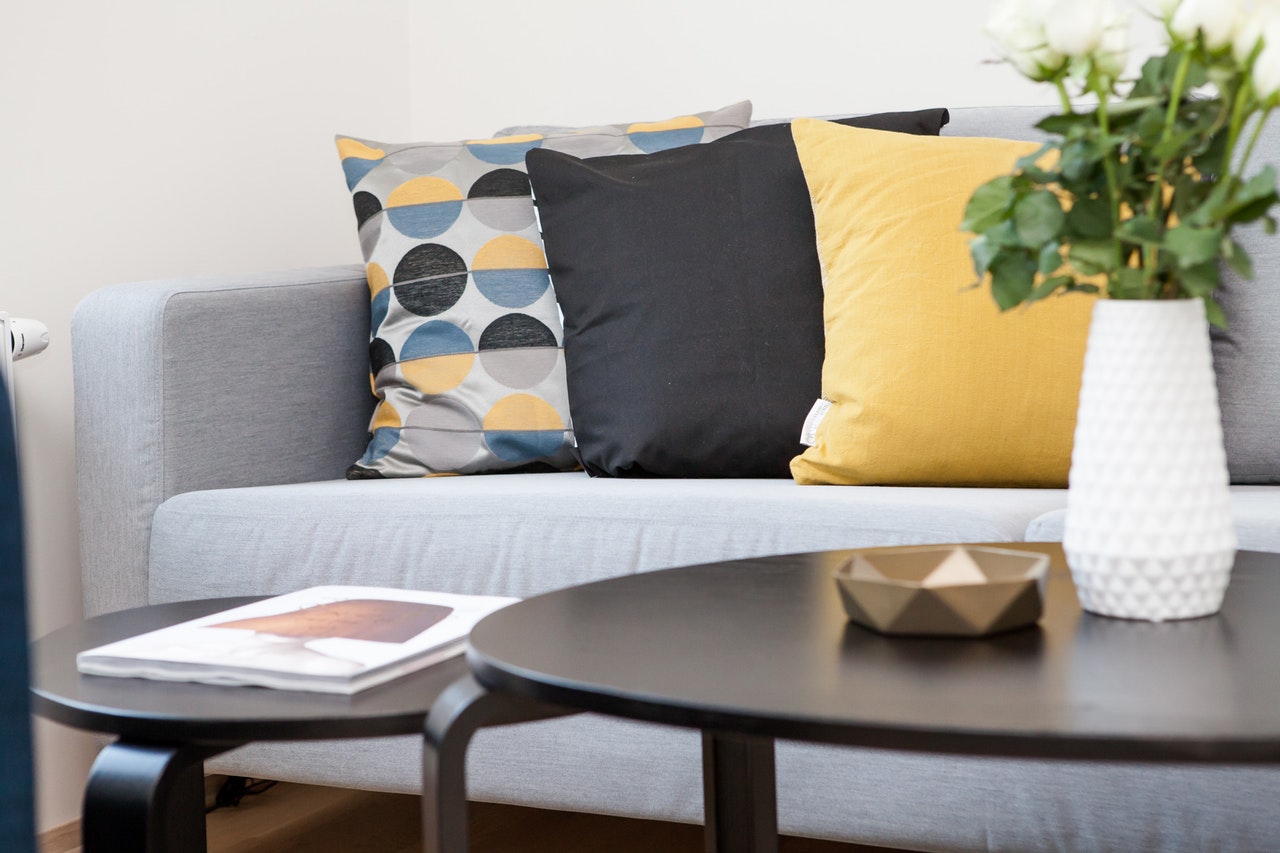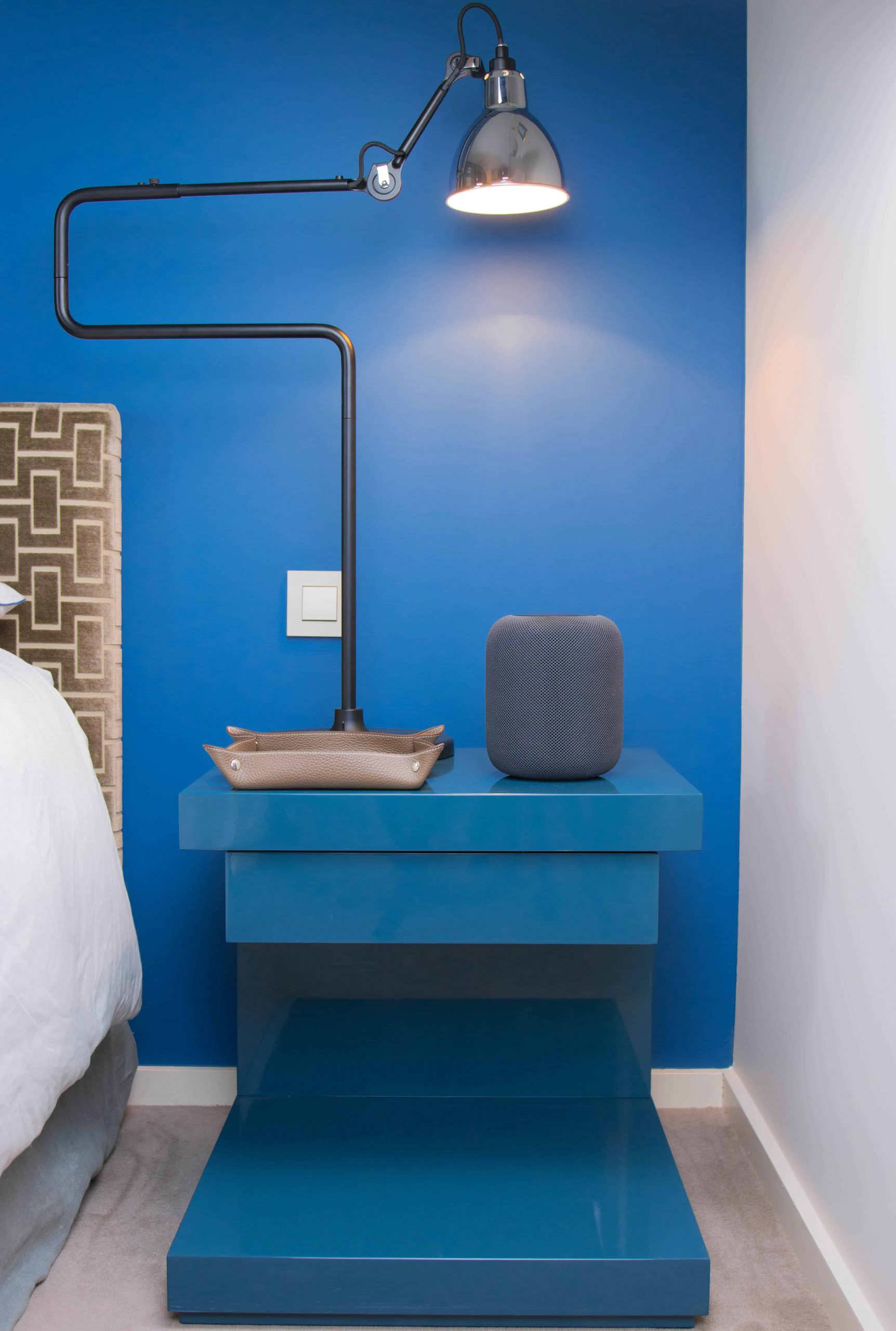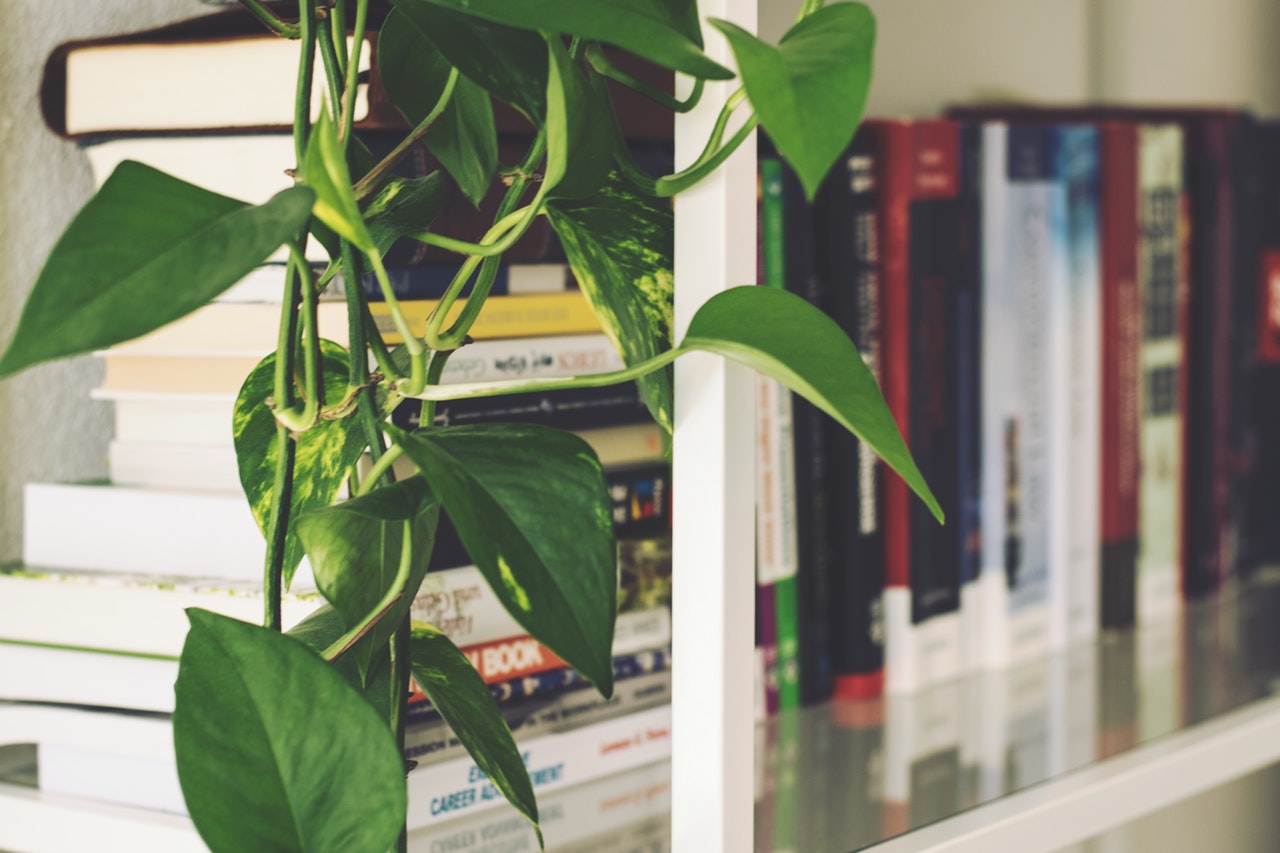
The importance of interior design textures | Some FAQs
If you’ve ever found yourself reading home and interiors design tips, then you will be used to reading all about the need for texture – but whilst you may read suggestions for how texture can be included in a room, there’s often a step missing: an explanation as to why it is considered to be so crucial!
If you’ve always wondered why texture is seen as playing a role in the vast majority of home design, here are the answers you’ve been waiting for…
So, what is ‘texture’?
When discussing interior design, ‘texture’ is generally used to refer to any element of a room that has a 3D appearance. Generally speaking, these pieces tend to be fabric-based, think cushions, rugs, wallpaper… the idea is that these textured items provide a contrast to 2D room design elements such as flooring, furniture and similar fixed features.
Why has ‘texture’ become such an important consideration?
Texture has always been an essential element of interior design, helping to add a sense of warmth and comfort to a room, but has become even more crucial over recent years. Once, carpet was the go-to material for those seeking flooring in their home, but over time, carpet has been replaced as modern design trends lean more towards laminate or timber flooring, which tend to be devoid of texture. A similar transformation has occurred with window coverings; where curtains, which are usually textured, were once considered to be the norm, they have now been replaced by non-textured blinds.
The result of modern design trends is that a room can quickly look a little ‘clinical’. To combat this, interior design has begun to focus on finding other ways to include texture in the overall design.
It could also be argued that textured pieces have become a trend in and of themselves. While the height of the ‘hygge’ trend was in 2016, the underlying concept continues to influence interior design concepts still. Given that hygge tends to focus heavily on texture; high-pile floor coverings and fluffy throws, it seems as though the use of texture in interior design will enjoy robust popularity far into the future.
Do I have to include texture in my interior design?
As with every element of interior design, it all depends on how you personally feel about 2D designs; there are plenty of people who appreciate an almost-clinical feel to a room, so go with your personal preferences. But if you’ve previously felt that a room/s in your home are missing that little something ‘extra’, then adding a few textured pieces can be a great way to unite the entire design and foster a sense of homeliness.
*This is a collaborative post.



